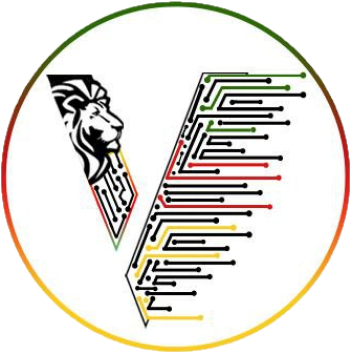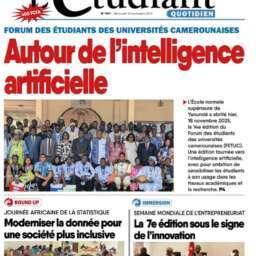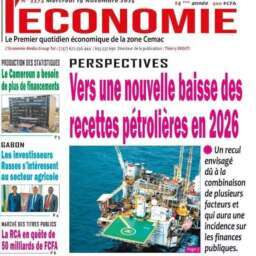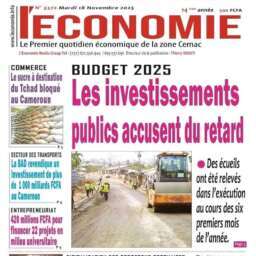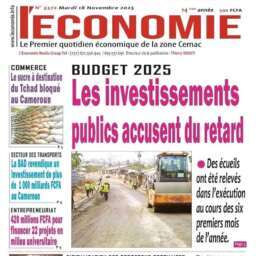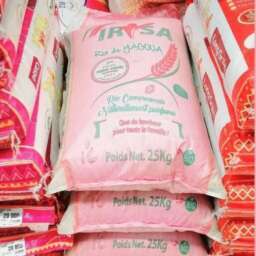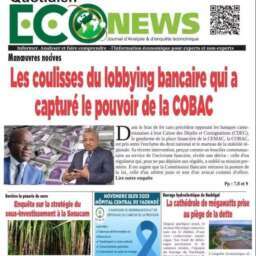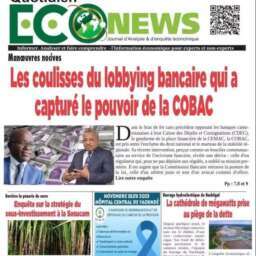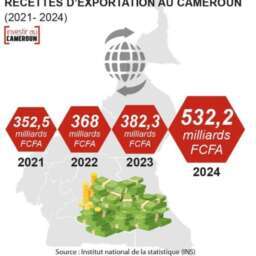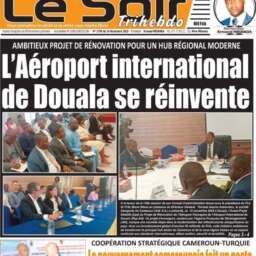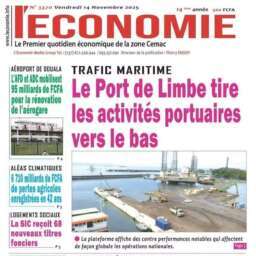(Business in Cameroon) – Cameroon’s Minister of Posts and Telecommunications, Minette Libom Li Likeng, opened bidding for the “rural connectivity” component of the Digital Transformation Acceleration Project (PATNUC) on October 31, 2025. The World Bank–backed project, funded with 55 billion XAF, aims to connect 328 currently unserved 3G localities by 2028.
The initiative seeks to close the digital gap by targeting areas without mobile coverage. “Today’s ceremony marks the official launch of tenders for this activity, representing the first phase of implementation after receiving the World Bank’s no-objection approval,” the Minister said.
Windfred Mfuh Fuaye Kenji, PATNUC National Coordinator, said the project will follow a limited national bidding process with two phases: an initial phase covering 120 sites and an optional phase for 208 additional sites. Work on these sites is expected to be completed by December 30, 2026.
The project involves several government bodies and implementation partners, including the Ministries of Public Procurement (Minmap), Economy, Planning and Regional Development (Minepat), the Telecommunications Regulatory Agency (ART), Cameroon Telecommunications (Camtel), MTN Cameroon, and Orange Cameroun. The connectivity project is one of three PATNUC components, part of a vision to make digital technology a driver of social inclusion, economic development, and balanced territorial development.
Despite connecting to five submarine fiber-optic cables, Cameroon has struggled to fully leverage its potential. A 2023 report by the International Finance Corporation (IFC) noted that “about 15% of the SAT3 cable capacity and 30% of the WACS cable capacity have been used since their launch 19 years ago.”
On the ground, coverage has nevertheless improved, rising from 75% of the population in 2018 to 87.5% in 2024 (GSMA Intelligence, DataReportal). This expansion stems from the installation of 2,850 base stations recorded by the ART, 42% of which are in rural areas, supported by the Universal Digital Development Fund (FANU) and hybrid solar towers in the North and Far North regions.
The challenge extends beyond expanding coverage. The goal is to turn capacity into real usage by lowering access costs, ensuring reliable energy and maintenance, and maintaining service quality. PATNUC is therefore tasked with translating this investment into the effective adoption of ICT across all sectors, a prerequisite for sustained growth and balanced regional development.
Frédéric Nonos
